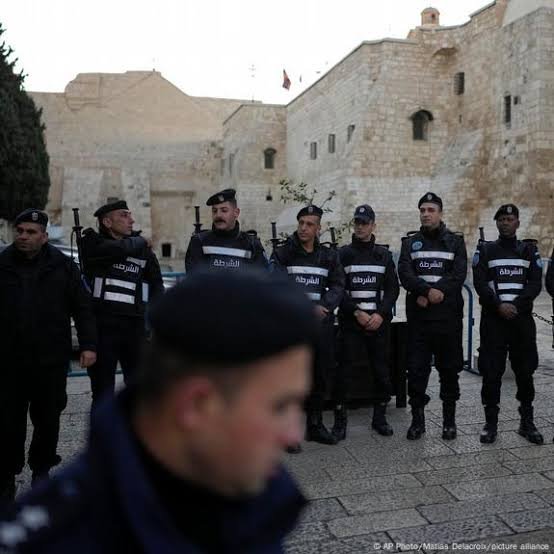Photo credit: Ocha
Schools in Haiti resumed to discover teachers have fled, and the homeless are occupying schools.
The Daily Item reports that several classrooms are condemned, while openings in the roofs and walls from the 2010 earthquake still need to be repaired in one of the oldest schools, Lycee Pinchinat de Jacmel. Although hundreds of desks and chairs were ordered over three years ago, they are still stuck in Port-au-Prince because of the gangs.
Roc Auxene, the ministry of education’s director for Southeast Haiti, said, “We have a need of 7,050 benches, 971 chairs and 227 chalkboards. I’ve been director for three years and because of the lack of security, the ministry of education has never been able to get us benches and the director before me never received any.”
There is also a yawning need for more school staff. Between 500 and 600 vacancies exist at the government-owned schools in the rural coastal region. These include over 250 teaching vacancies, alongside school secretaries, inspectors, and other employees who have either died, retired, or migrated to the United States.
An estimated 30% of teachers nationwide have migrated to the US and elsewhere. It means some classrooms will not have a teacher on Tuesday. In some other cases, teachers have not been paid for years because their paperwork still has not been filed correctly in the system.
As the new school year starts, the country’s education system remains broken. The government and partners like UNICEF, face enormous challenges. Hundreds of thousands of children have joined the ranks of the displaced., schools in the capital and surrounding cities remain occupied by the homeless.
Auxene said, “We can’t even begin to count how many students we are getting. With the support of UNICEF, we’ve started to do a lot of work; we’re making some repairs in schools and hope to put up tents for some temporary classrooms so we can accommodate the students.”
In the Great South area alone, there are over 100,000 school-aged children who have been forced to flee their homes due to gang violence. At least a quarter of those students are in the southeast.
During the summer, UNICEF’s education officers fanned out to help rehabilitate damaged schools, set up temporary learning spaces, and provide educational materials. The United Nations child welfare agency also facilitated cash transfers to help cover school-related expenses.







